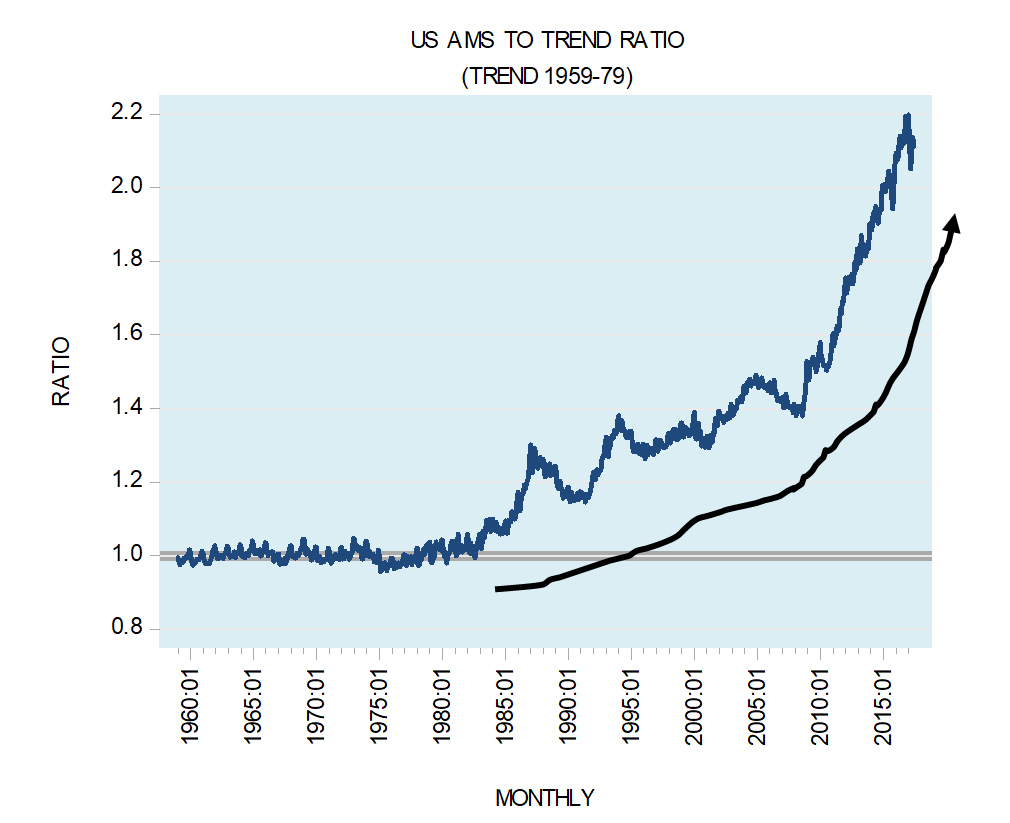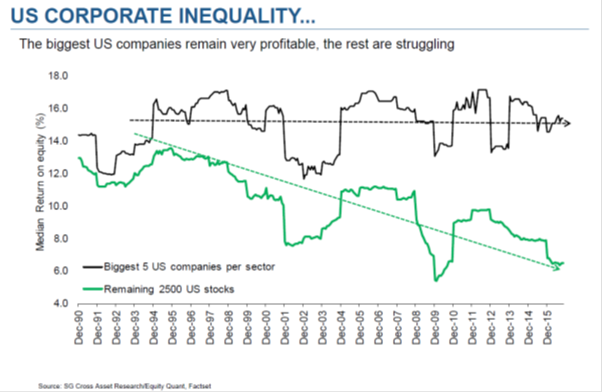How will Big Box retailers like Walmart affect India? Some have expressed concern that “retail therapy” will put a small army of independent retailers out of business; however, the relocation and reorganisation that happens as a result of a Big Box revolution in India will work to the benefit of Indians.
We generally think of productivity advances coming in the “making stuff” industries like manufacturing. In the United States, productivity growth has, in recent decades, come from the service sector. Retailers – Walmart in particular – have been at the forefront of the recent American productivity growth. Because of the efficiencies they bring to the market, firms like Walmart have given Americans a dizzying selection of quality goods at low prices. Indeed, this has been the most distinct effect of Big Box retailers on the American economy. Prices fall when Walmart enters a market. Using US data, the economists Emek Basker and Michael Noel showed that entry by Walmart super-centres led to lower food prices with the largest price reductions coming from stores that serve low-income shoppers.
The economists Jerry Hausman and Ephraim Leibtag have published separate studies documenting the enormous increases in well being available to American consumers, particularly low-income American consumers, because of the Big Box revolution. In part because of Big Boxes’ effects on grocery prices, the economist (and Obama advisor) Jason Furman has called Walmart a “progressive success story.”
Inventory control and reduced waste are also significant problems in retail. The economist David Matsa showed that stores responding to Walmart entry reduced the frequency with which they went out of stock on different goods. This in turn improved efficiencies; helped shoppers by saving time and reduced the risk they faced of a store running out of a given item.
Naturally, there are concerns about the meaning of Walmart’s presence in India for incumbent retailers. In the short run, there will be some dislocation. However, the resources saved because of the Big Box revolution will be redeployed elsewhere. Creative destruction in competitive markets tends to leave us better off, on net, and a 2008 study by the economists Russell Sobel and Andrea Dean showed that, at the state level in the US, the number of small businesses remained effectively unchanged as Walmart’s presence grew within a state. Firms that compete directly with Walmart may not survive, but the Big Box revolution (and its associated savings) will create new opportunities for entrepreneurs.
In an article titled “The perils of retail therapy in India” published in Mint, Professor Himanshu of Jawaharlal Nehru University discussed employment in India’s retail sector, but his discussion seemed to proceed as if inefficiency were a virtue. We agree wholeheartedly that the byzantine regulations “and archaic laws that govern [India’s] markets for agricultural products” help explain low Indian productivity; however, this is one of very few cases where there is a “both/and” solution. A market economy is a dynamic system, and allowing FDI in retail will be a boon for India. Policymakers shouldn’t look at retail sector liberalisation and liberalisation of restrictions on retail FDI as substitutes. Rather, they should be seen as complements. By removing barriers to entry by international firms like Walmart and Target and by unshackling Indian entrepreneurs, policymakers can unleash pent-up entrepreneurial energies that will work to the benefit everyone, not just Indians.
Curiously, Himanshu wrote about the share of retail prices that go to farmers. In the United States, this fell from 41 percent in the 1950s to 18.5 percent in 2006. As Thomas Sowell has written, however, people live on real income rather than percentages. A supply chain like what we enjoy in the United States might mean that farmers get a smaller percentage of each dollar spent on food, but there will be more dollars spent on food. The food supply chain has gotten longer as people have increased their demand for processed food. As agricultural economist William G Tomek points out “A wheat grower consistently obtains a relatively small percent of the dollars spent on bread, and apple growers obtain a larger share than wheat producers of the consumers’ dollar. But this doesn’t mean that Kansas wheat farmers are worse-off than New York State apple growers”.
Consider frozen French fries, for example. Potato farmers might get a smaller share of consumers’ food spending, but the existence of the frozen French fry industry has not made potato farmers worse off. Indeed, the development of processing and storing technology has made frozen French fries possible; in turn, it has increased demand for potatoes and reduced the share of the American potato crop that spoils. Reductions in food spoilage in India will not solve everything, but it will be a definite step in the right direction for a country where chronic hunger is a major problem.
It is true that there will be some dislocation as India’s retail market is opened up to foreign firms like Walmart and Target. This is always true when trade expands or when technology changes. However, this doesn’t mean that the long run effects are negative. To borrow from the US case again, hardly anyone in the United States works in agriculture currently because of expanded trade and technological change. Did they all starve to death because all the jobs in agriculture went away? No: they went to work in expanding sectors like manufacturing across the twentieth century. Way back in 1942 Joseph Schumpeter noted:
The fundamental impulse that sets and keeps the capitalist engine in motion comes from the new consumers, goods, the new methods of production or transportation, the new markets, the new forms of industrial organization that capitalist enterprise creates.
This capitalist engine brought unprecedented wealth to the western world, it promises to do the same for India.
This article was co-authored with Art Carden, Assistant Professor of Economics at Brock School of Business at Samford University. It was previously published in Pragati.





There has been some real deregulation in India – not as much as is sometimes claimed, but there has been some. And there may well be more deregulation (as this article points out). The terrible Indian (government and special interest dominated) distribution system (which sees most food rot before it even gets to market) may end.
However, on the other side, Indian government spending is out of control. The government has made educational and welfare promises which can not be afforded.
It appears that the comming bankruptcy of the Western Welfare States has not been noticed by the Indian elite.
But then the Western elite have not noticed the invitable comming bankruptcy themselves.
As for family (owned – not rented) farms – if they are of a reasonable size (not “penny packets”) and are mixed farms (i.e. do not put all their faith in a single crop or animal product), they may well make a come back in the near future.
Although for rather dark reasons.